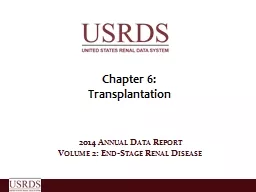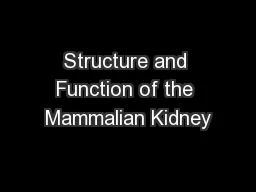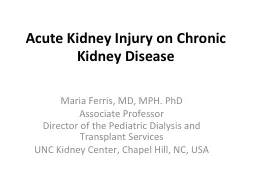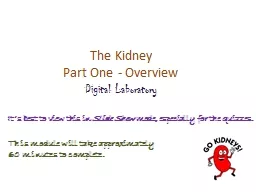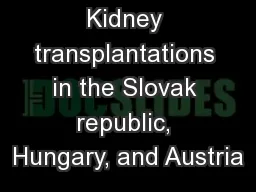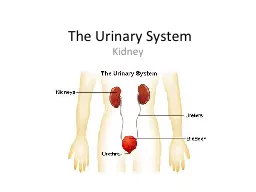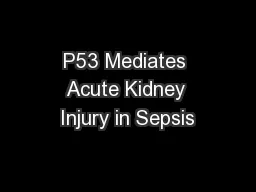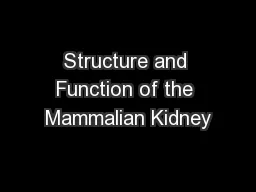PDF-Kidney international Vol 28 1985 pp 569583NEPHROLOGY FORUMMecha
Author : sylvia | Published Date : 2022-10-28
brought to you by CORE View metadata citation and similar papers at coreacuk provided by Elsevier Publisher Connector 570Nephrology Forumular immunecomplex deposits
Presentation Embed Code
Download Presentation
Download Presentation The PPT/PDF document "Kidney international Vol 28 1985 pp 5695..." is the property of its rightful owner. Permission is granted to download and print the materials on this website for personal, non-commercial use only, and to display it on your personal computer provided you do not modify the materials and that you retain all copyright notices contained in the materials. By downloading content from our website, you accept the terms of this agreement.
Kidney international Vol 28 1985 pp 569583NEPHROLOGY FORUMMecha: Transcript
Download Rules Of Document
"Kidney international Vol 28 1985 pp 569583NEPHROLOGY FORUMMecha"The content belongs to its owner. You may download and print it for personal use, without modification, and keep all copyright notices. By downloading, you agree to these terms.
Related Documents


